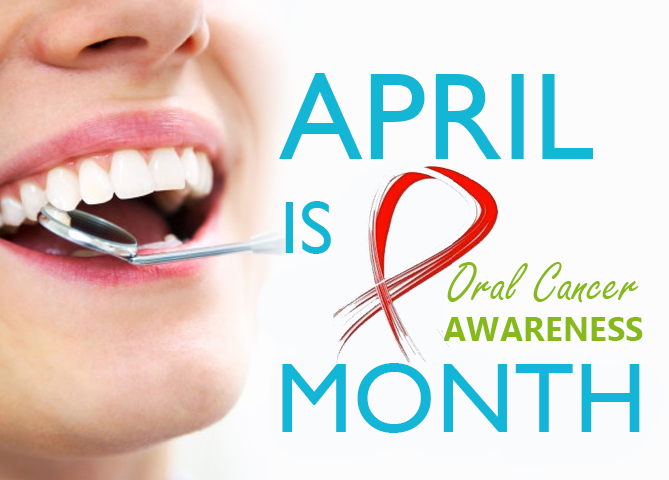A Guide to Symptoms and Signs in Your Mouth
The term “oral cancer” is actually a broad term that covers several different types of cancers that might affect your lips, mouth, nose, larynx, and throat (the oral cavity). While these cancers don’t garner as much attention as breast cancer or lymphoma, they are still very dangerous.
The Oral Cancer Foundation reports that over 54,000 Americans will be diagnosed with oral, larynx, or pharyngeal cancer this year, and only slightly more than half of those diagnosed will still be alive in five years—a number that has not significantly improved in the last few decades, even as survival rates increase for other cancers.
“Part of what makes oral cancer so dangerous is the difficulty in diagnosing the disease,” said Dr. Aaron Ferguson, Director of Public Health Sciences Education and Assistant Professor at Roseman University of Health Sciences’ College of Dental Medicine. “The symptoms might not produce pain or other obvious signs, or might mimic other conditions and thus go untreated and undiagnosed until the cancer has reached a more advanced stage.”
This is especially true for patients who don’t have a “dental home”, according to Ferguson. A dental home is a specific place where a patient routinely visits the same dentist. Often the visible signs of developing oral cancers can be identified by a dentist, but it is much easier for the dentist to notice changes if he or she has been seeing the patient over a long period of time. For patients who rarely or never visit the dentist, or frequently change dental care providers, these subtle changes are harder to spot.
In addition, a new virus called HPV16 has contributed to a rise in oral cancer cases that manifest in the back of the mouth and throat, and often don’t produce visible lesions or discoloration that dentists can readily identify as a warning sign.
How to Check for Oral Cancer
There are a few signs you can look for to identify oral cancers, and along with regular dental checkups and screenings these things can help you spot cancer earlier and get proper treatment. These signs include:
- Mouth sores that don’t heal
- Lumps or thick skin in the lips or soft tissue inside your mouth
- White or red patches on the inside of the mouth
- Loose teeth
- Changes to the way dentures fit
- Tongue, jaw, or throat pain
- Difficulty or pain when swallowing and chewing
- A lump or feeling of something caught in your throat
“If you notice any of these signs, call your dentist immediately,” advises Dr. Ferguson. If you don’t have a dentist you can visit the Dental Clinic at Roseman University in South Jordan for affordable, high quality care by Doctor of Dental Medicine students and faculty.
Lowering Your Risk for Oral Cancers
In addition to checking for oral cancer, there are things you can do to help lower your risk of developing the disease.
- Quit smoking and immediately stop using any type of tobacco, including cigarettes, cigars, pipes, chewing tobacco, and snuff
- Avoid excessive alcohol consumption
- Eat a diet with lots of fruits and vegetables
- Protect your lips with a lip balm that includes SPF whenever you are going to be out in the sun
- Get checked for the sexually transmitted virus human papillomavirus (HPV)
- Find a “dental home” and get regular checkups and screenings from your dentist, especially if you are over the age of 40 and have any other potential risk factors
Oral cancer treatments generally include a mix of surgery, radiation, chemotherapy, and targeted drugs depending on the location and stage of the cancer, as well as your overall health.
While you may not be able to control all your risk factors, understanding the dangers of oral cancer and getting regular screenings can help you discover and diagnose it at an earlier stage, which often leads to better outcomes.



